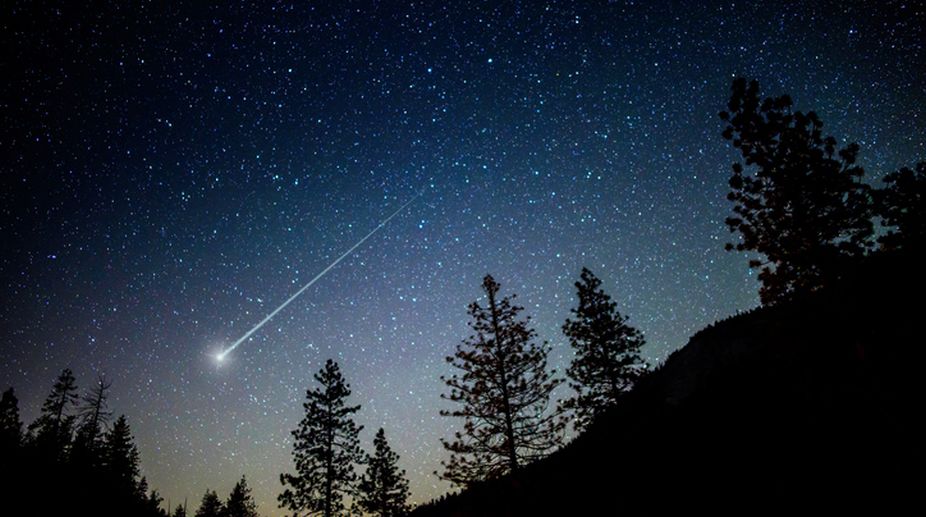The annual Geminid meteor shower has arrived and it will put on a dazzling show for skywatchers when it peaks overnight on December 13-14, NASA has said.
Meteor showers are named after the location of the radiant, usually a star or constellation close to where they appear in the night sky. The Geminid radiant is in the constellation Gemini.
Advertisement
“With August’s Perseids obscured by bright moonlight, the Geminids will be the best shower this year,” said Bill Cooke with NASA’s Meteoroid Environment Office.
“The thin, waning crescent Moon won’t spoil the show,” Cooke said.
The Geminids can be seen with the naked eye under clear, dark skies over most of the world, though the best view is from the Northern Hemisphere.
The shower will peak overnight on December 13-14 with rates around one per minute under good conditions, according to Cooke.
Geminids can be seen on nights before and after the December 14 peak, although they will appear less frequently.
The Geminids are active every December, when Earth passes through a massive trail of dusty debris shed by a weird, rocky object named 3200 Phaethon.
The dust and grit burn up when they run into Earth’s atmosphere in a flurry of “shooting stars.”
“Phaethon’s nature is debated,” said Cooke. “It’s either a near-Earth asteroid or an extinct comet, sometimes called a rock comet.”
As an added bonus this year, astronomers will have a chance to study Phaethon up close in mid-December, when it passes nearest to Earth since its discovery in 1983.
“Skywatching is easy. Just get away from bright lights and look up in any direction! Give your eyes time to adjust to the dark. Meteors appear all over the sky,” NASA said.
And if it is cloudy where you are, NASA will broadcast the Geminid shower live via Ustream starting at sunset on December 13 from the Automated Lunar and Meteor Observatory at NASA’s Marshall Space Flight Center in Huntsville, Alabama.











